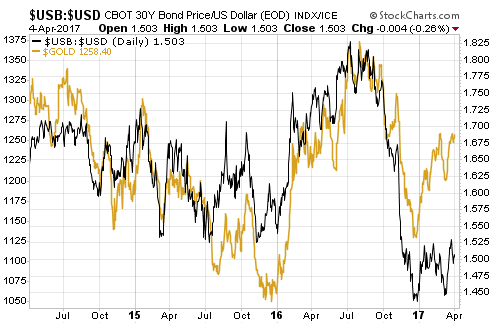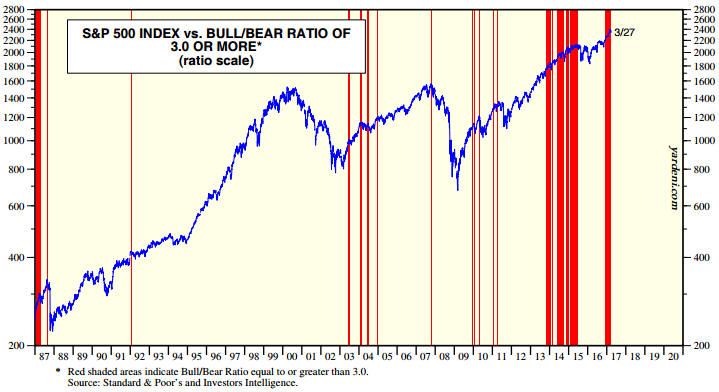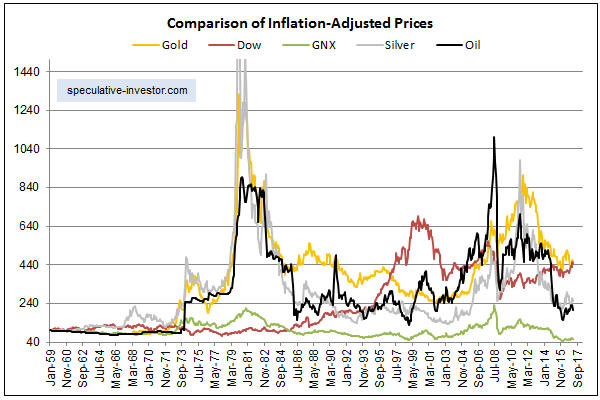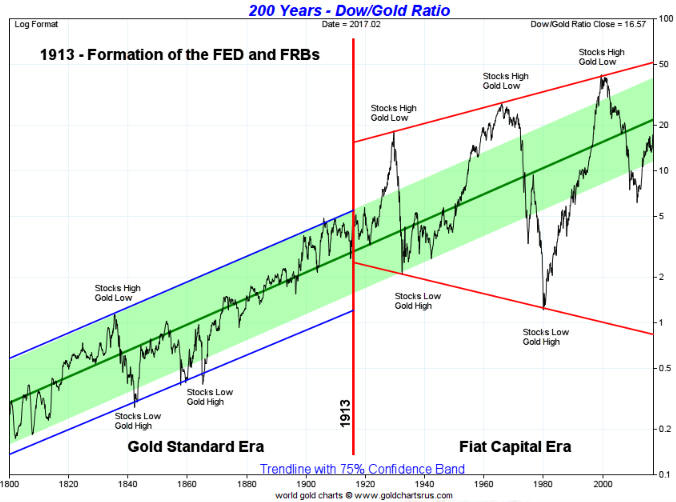The article “What sets the Gold Price — Is it the Paper Market or Physical Market?” contains some interesting information about the gold market and is worth reading, but it also contains some logical missteps. In this post I’ll zoom in on a couple of the logical missteps.
The following two paragraphs from near the middle of the above-linked article capture the article’s theme and will be my focus:
“In essence, trading activity in the London gold market predominantly represents huge synthetic artificial gold supply, where paper gold trading is deriving the price of gold, not physical gold trading. Synthetic gold is just created out of thin air as a book-keeping entry and is executed as a cashflow transaction between the contracting parties. There is no purchase of physical gold in such a transaction, no marginal demand for gold. Synthetic paper gold therefore absorbs demand that would otherwise have flowed into the limited physical gold supply, and the gold price therefore fails to represent this demand because demand has been channelled away from physical gold transactions into synthetic gold.
Likewise, if an entity dumps gold futures contracts on the COMEX platform representing millions of ounces of gold, that entity does not need to have held any physical gold, but that transaction has an immediate effect on the international gold price. This has real world impact, because many physical gold transactions around the world take this international gold price as the basis of their transactions.”
The most obvious error in the above excerpt concerns the effect of ‘dumping’ gold futures contracts on the COMEX. While this action could certainly have the immediate effect of pushing the gold price down, the short-sale of a futures contract must subsequently be closed via the purchase of a futures contract. This means that there can be no sustained reduction in the gold price due to the selling of futures contracts.
A related error is one of omission, since the gold price is often boosted by the speculative buying of futures contracts. Again, though, the effect will be temporary, since every purchase of a futures contract must be followed by a sale.
With regard to the massive non-futures paper gold market, the existence of such a market is a consequence of gold’s unique role in the commodity world. Whereas the usefulness of other commodities stems from the desire to consume them in some way, gold is widely considered to be at its most useful when it is sitting dormant in a vault. This means that to get the benefit of owning gold a person doesn’t necessarily need physical access to the gold. In many cases, a paper claim to gold sitting in a vault on the other side of the world will be considered as good as or better than having the physical gold in one’s possession. Furthermore, in many cases a piece of paper that tracks the price of gold will be considered as good as a paper claim to physical gold in a vault.
At the same time, there will be people who want ownership of physical gold — either gold in their own possession or a receipt that guarantees ownership of a specific chunk of metal stored in a vault. The gold demand of such people could not be satisfied by a piece of paper that tracked the gold price and was settled in dollars or some other currency. In other words, demand for physical gold could not be satisfied by the creation of so-called “synthetic artificial” gold.
The reality is that the existence of the massive non-futures-related “paper” gold market effectively results in a lot more gold supply AND a lot more gold demand than would otherwise be the case. To put it more succinctly, it results in a much bigger and more liquid market. This, in turn, makes it more feasible for large-scale speculators to get involved in the gold market and would not necessarily result in the gold price being lower than it would be if trading were limited to physical gold.
On a related matter, there is not a massive non-futures paper market in platinum and yet the platinum price is close to a 50-year low relative to the gold price. Also, the general level of commodity prices, as represented by the GSCI Spot Commodity Index (GNX), made an all-time low relative to gold last year. If the “paper” market is suppressing the gold price, why has gold become so expensive relative to most other commodities?
I view the whole paper-physical debate as a distraction from the true drivers of the gold price. The fact is that gold’s price movements can best be understood by reference to ‘real’ interest rates, currency exchange rates, and indicators of economic and financial-system confidence — what I refer to as gold’s true fundamentals. For example and as illustrated by the following chart, the bond/dollar ratio does a good job of explaining gold’s price trends most of the time.
In conclusion, the “paper” gold market is not a problem to be reckoned with. It is just part of the overall gold situation and, as noted above, a consequence of gold’s historical role. Moreover, it isn’t going anywhere, so it makes no sense to either complain about it or base a bullish view on its disappearance.
 Print This Post
Print This Post




